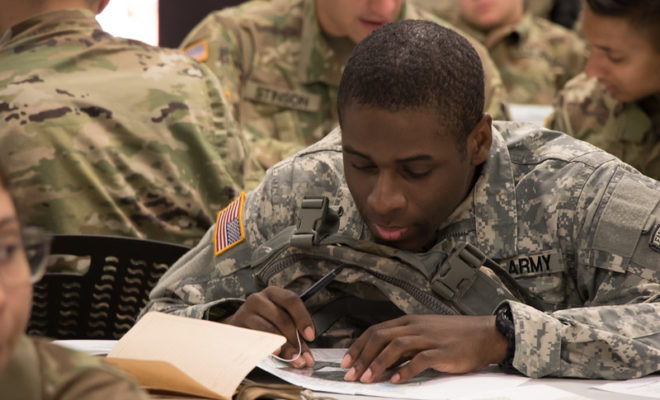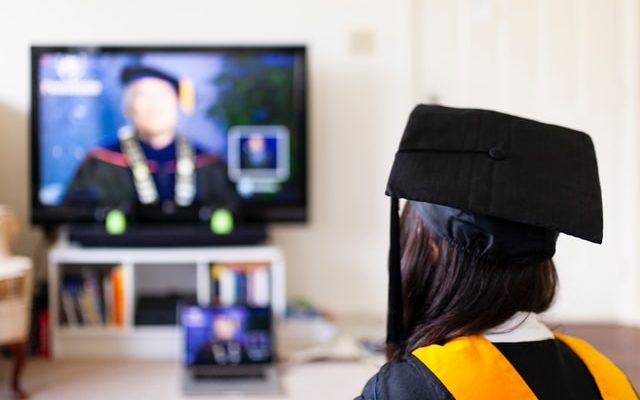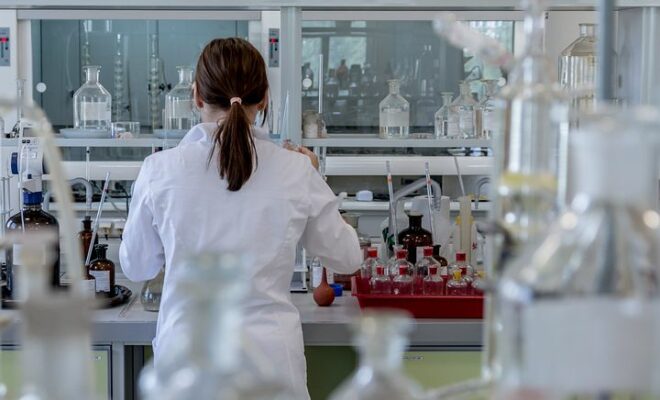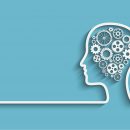Biden’s Student Loan Forgiveness – What You Need to Know!
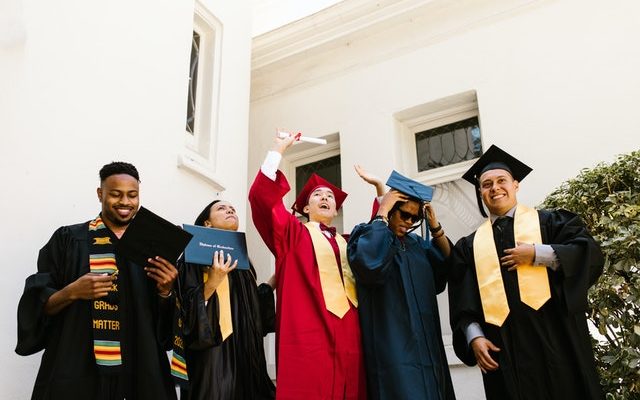
An estimated 43 million borrowers will get relief with the currently proposed student loan forgiveness plan by the Biden administration.
If the Supreme Court of the US accepts the proposed plan, nearly 20 million student borrowers will get 100% debt relief on their remaining loan amounts.
This debt relief program will also include the ongoing Public Service Loan Forgiveness (PSLF) program that already benefited public servants.
Let’s review some key details about Biden’s proposed student loan forgiveness program.
The Current State of Biden’s Proposed Student Loan Forgiveness Program
The Supreme Court of the US is going to hear the petition against the proposed student loan forgiveness program by the end of February 2023.
The loan payments for these loans remain paused until the decision arrives or by the end of June 2023 through an extension by the US government.
The borrowers will have 60 days to resume their student loan payments if the Supreme Court of the US gives a verdict on the case or even if the case remains unresolved until June 30, 2023.
Biden’s Proposed Student Loan Forgiveness Program
The Biden administration had proposed a comprehensive student loan forgiveness program that could potentially benefit around 43 million Americans.
The student loan forgiveness program proposed three major steps to provide relief to students with low income, helping them to overcome a life of student debt and avoid dependence on costly loans.
The first phase of the loan forgiveness program will provide debt relief of up to $20,000 and $10,000 to students with Pell Grant loans and non-Pell grant loans respectively.
The second phase of the loan forgiveness program proposes to cut the monthly installment payments to half. It means borrowers would pay up to 5% of their discretionary income instead of the current 10%.
The third phase proposes enhanced loan relief to borrowers serving under government entities at different levels. This step is an extension to the already under implementation Public Service Loan Forgiveness (PSLF) program.
Who is Eligible to Receive the Loan Forgiveness?
A student with an annual income of $125,000 as an individual earner or $250,000 as a joint earner (or the head of household) is eligible for the loan forgiveness program.
If a borrower received a Pell grant, the loan forgiveness amount will be up to $20,000. For non-Pell grant borrowers, the debt relief amount will be up to $10,000.
You must apply for the debt relief program through the Department of Education’s online application. Although applications are currently closed until the Supreme Court’s verdict on the case.
Which Student Loans Qualify for the Forgiveness Program?
Different types of student loans held by the Department of Education are eligible to receive debt relief under this proposed package.
These loan types include:
- Loans received under the Federal Direct Loan Programs
- Loans received through the Federal Perkins Program
- Defaulted loans from Perkins Loans, Graduate/parent PLUS loans, Stafford loans, etc.
It means private or commercial loans (Non-Federal loans) are not eligible for debt forgiveness under this program.
When Will the Loan Payments Restart?
Student loan payments for both old and new borrowers will resume in 2023. The exact date to restart loan payments is unknown until the Supreme Court of the US decides on the fate of the proposal.
If there is no further extension to halt loan payments, loan installments will resume 60 days after June 30, 2023. Borrowers will also have at least 60 days if the Supreme Court gives a verdict before the end of June 2023.
The resumption will likely be a phased one. So, you’ll have to check with your lender when and how your loan installments will resume.
The PSLF Relief Option
The Public Service Loan Forgiveness (PSLF) program already provided debt relief through temporary allowances to borrowers.
The current debt relief program proposes a long-term plan to provide debt relief to public servants who have made 120 loan payments.
The proposal aims to eliminate the remaining loan balance after 10 years of installment payments. It also intends to pay unpaid interest on these loans.
If you missed the deadline of the previous PSLF program, you can apply again until the end of 2023 when the current proposal becomes active again.
Will the Student Loan Relief be Taxed?
No, any debt relief you’ll receive through the current student loan relief program will not be counted as your taxable income.
It means, your proportion of forgiven loan amount will not be taxed now or later.
The New Income-Driven Student Loan Program
The new Income-Driven student loan program is part of the existing forgiveness loan proposal by the Biden administration.
Here are a few key points to know about the income-driven program proposal:
- Borrowers will pay no more than 5% of their total discretionary income instead of the current 10%.
- Borrowers earning less than 225% of the Federal Poverty Income level will be protected from loan repayments. It translates to a minimum of $15 wage rate currently.
- Borrowers will receive a debt relief of up to $12,000 after completing the loan term of 10 years instead of 20 years.
- The program also proposes to cover the unpaid interest payments on these student loans.

